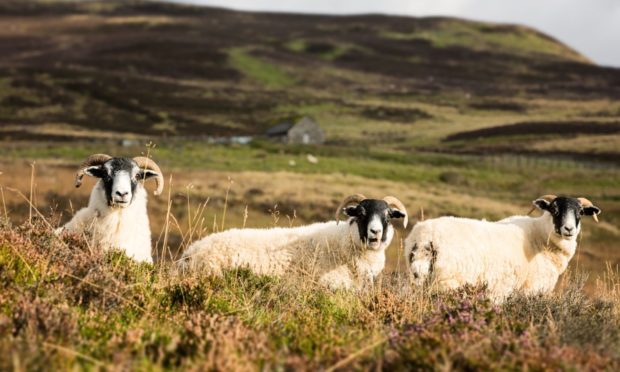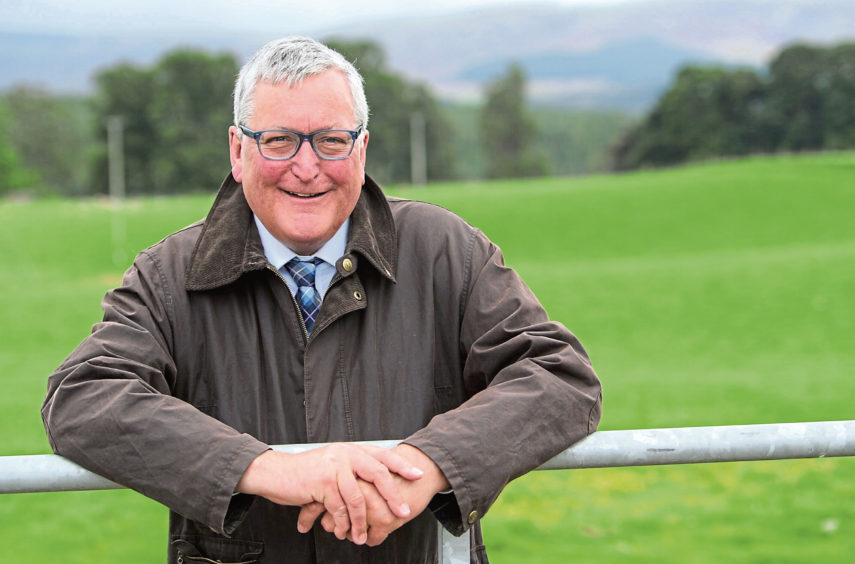Plans to protect and enhance the Scottish crofting sector are outlined in a new national development plan for the industry.
The plan, developed by Scottish Government in conjunction with industry stakeholders including the Scottish Crofting Federation (SCF) and NFU Scotland, highlights the steps that are needed to ensure crofting remains at the heart of rural communities across Scotland.
These include: beefing up the capacity of the sector’s regulatory body, the Crofting Commission; establishing a project group to review the crofting brand marque and mapping the network of crofters who currently produce food; and a commitment to modernise crofting law to make it more transparent, understandable and workable.
The plan also states Government will explore the possibility of offering crofters advanced payments for its Crofting Agricultural Grant Scheme, and it will remove the need for crofters to engage a consultant to help when establishing a new common grazings committee.
“Crofting has a special place in Scotland’s cultural heritage,” said Rural Economy Secretary, Fergus Ewing.
“In many cases rural and remote rural communities would not exist if it was not for crofting.”
He said the potential for croft land to address climate change and biodiversity challenges needed to be realised, and there was a need to optimise land use to produce food more sustainably, to cut emissions and to enhance the environment.
“We need crofters to adapt to new circumstances and encourage modern approaches to crofting, with diversification into agri-tourism, woodland regeneration and creation, local food networks, and the restoration of our degraded peatlands,” added Mr Ewing.
“This plan has been developed with key stakeholders and we will continue to work with them, including the Crofting Commission, which is critical to the wellbeing of crofting.”
SCF chairman, Donald Mackinnon, welcomed the launch of the plan and said it demonstrated the Scottish Government’s commitment to the crofting sector.
He said: “It doesn’t include everything that needs to be done, as I am sure will be pointed out, but let’s look at this as a working document that can be modified as necessary.
“The point is that we have a framework now that gives the direction of travel for the development of crofting, something we can work with, a large step in the right direction.”
He said crofting was coming into its time, which he described as “a new era where the smaller, sustainable land unit once more has its place”.
Mr Mackinnon added: “We aim to see unused crofts becoming available again, and passed on to the younger generation, the creation of new crofts and the roll-out of crofting tenure across all of Scotland. This is not an unrealistic aspiration.”

